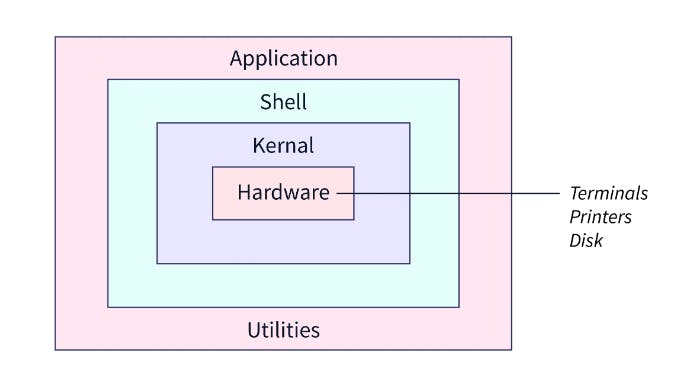🤔What is Linux?
Linux is an operating system that is both versatile and powerful. It is free and open-source software that is based on the Unix operating system and was created by Linus Torvalds in 1991. The stability, scalability, and cost-effectiveness of Linux make it a popular choice for various applications and industries.
"Linux is not about Windows. It's about choice."
- Linus Torvalds
🌟Why is Linux so popular over another operating system?
Free and Open-Source: 🔄 Linux's popularity arises from its open-source nature, allowing users to access, modify, and distribute the source code freely.
Secure: 🔒 Security is a hallmark of Linux. Its strong permission system, regular updates, and dedicated community contribute to a secure computing environment, making it a preferred choice for many.
Fast: ⚡ Linux is well-known for its efficiency and speed. Its lightweight design and optimized kernel contribute to swift performance, making it an ideal choice for various computing tasks.
Many Distributions: 🌐There are tons of Linux distributions available such as Ubuntu, CentOS, Red Hat, Debian, and Fedora, which make Linux a popular operating system.
🏰The Basic Structure of Linux OS:

Source: https://www.scaler.com
Kernel - The Brain 🧠: Kernel is the heart of the Linux operating system, which is responsible for device management, memory management, process management, and handling system calls. also, it is something that acts as a bridge or mode of communication between the software and hardware.
Shell - Your Friendly Translator 💻: The shell acts as the interface between users and the kernel. Think of it as a translator, taking your commands and instructing the kernel on what to do. Bash is one of the popular shells, and provides a command-line environment.
Applications - The User Interface 👀**:** Applications and utilities form the user interface, allowing users to interact with the system effortlessly. From text editors to web browsers, these applications leverage the power of the kernel and the shell to perform tasks and improve the overall user experience.
🛠️Some Basic Linux Commands:
#pwd --> To show the present working directory.
#ls --> List down files or directories in the present working directory(PWD).
#ls -a --> List down hidden files or directors in the PWD.
#touch --> To create a empty file.
#vim/vm --> To create a file with the option to write and save contents on a given file.
#man --> Show information of given command.
#mkdir --> To create a folder/directory.
#mkdir -p --> To create a nested folder/directory.
#cat --> To read or print the content of a file without opening or closing.
#cd --> To change folder/file.
#clear --> Clear the terminal or screen.
#whoami --> Showing current login username.
"I think Linux is a great thing, because Linux is an alternative to Windows, and because, of all the operating systems that are at all relevant today, Unix is the best of a bad lot."
- Steve Jobs (Co-founder of Apple)
Happy coding :) 🚀🌟